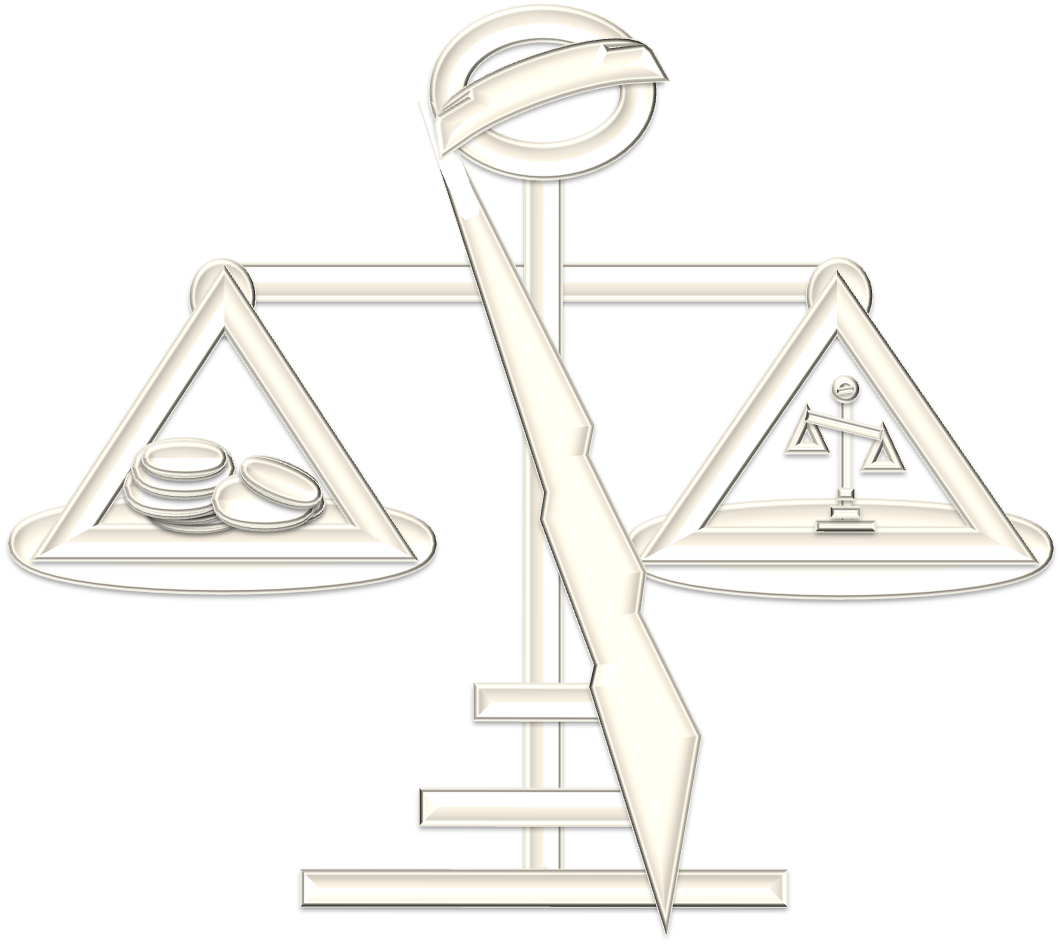The Misrepresentation of Money
Core misrepresentation (See: Video)
If money is a measure it cannot also be a tradable commodity and
if it is a tradable commodity, it cannot also be a measure.
Colloquially, we say “so many dollars worth” of this or that, implying money is a measure of value. However, we also say “I’ll give you ten dollars for that….” which implies money is also a tradable commodity, but is this logically sound?
While a bag of flour in my kitchen has a certain weight, that measure cannot represent the weight of flour in your kitchen. If both of us have a kilo of flour, then although equal in magnitude, each measure is distinct in that they refer to different instances of flour. Measures are always “of” other things never of themselves. That is, while it makes sense to say a ‘kilo of flour’, it doesn’t make sense to say a ‘kilo of kilos’. Similarly, it makes no sense to say a ‘dollar’s worth of dollars’. That is, money cannot be priced in terms of itself. So, when someone gives you an annotation of a measure (e.g. a five dollar bill) they are giving you a record of value not value itself, as all measures are always of something other than themselves.
The concepts “measure” and “commodity” are mutually exclusive, if money is a measure, it cannot also be a tradable commodity and if it is a tradable commodity, it cannot also be a measure.
See: (Formal proof)
No Expert Consensus on Money’s Definition
In expert mathematical terms, Narayana Kocherlakota former President of the Federal Reserve Bank of Minnesota (2009-2015) in his 1998 paper entitled “The Technological Role of Fiat Money”, shows how the standard ‘definition’ of fiat money as a “store of value, medium of exchange and unit of account”, is “proven to be vacuous” (empty) and that the only “technological role of money” is that of a “record keeping device”. Similarly and according to the semantic analyses of the same definition in this paper that same standard definition logically reduces to money being defined as only a “record of a measure of value”, not a store nor a medium of exchange. This is wholly consistent with Kocherlakota’s findings although more specific as it says what the “record” is of i.e. it is of “value”.
Another example of a different authoritative definition of money, is to be found in some civil codes such as the Spanish and Portuguese ones, where money is referred to as being an example of a “fungible” thing, where repayment is to be in the same “species”, “quantity and quality”. The only way to determine that the “quality” of something is “the same”, is if and only if a given quantity of that thing, maintains the same quality over time. But we all know that in the case of money as conceived today, that is never the case, as any quantity of money always changes value over time.
All the above, goes to show that currently, there is no consensus on any clear and unambiguous logical definition of money, which is required in order to determine the validity of contracts in which money is an object. When, even leading experts such a Kocherlakota and others dispute what money is and the de facto assumption adopted in practice, of money being both a commodity and a measure, is logically inconsistent, then it becomes clear that money is neither defined adequately nor is being represented correctly in practice.
